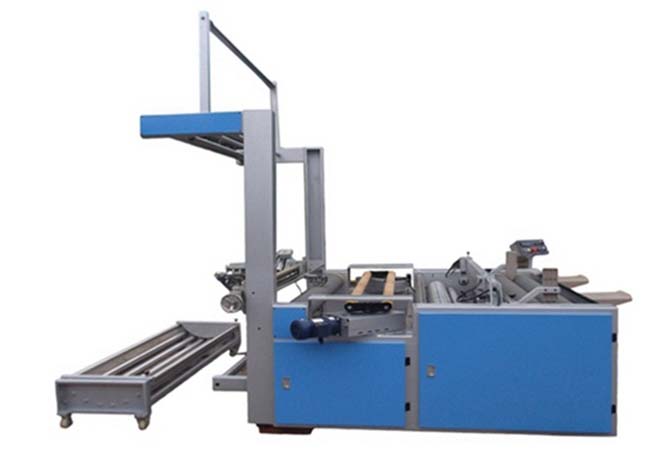After the fabric is prepared for production or narrow-width sales, the next step is cutting. One of the most commonly employed cutting methods involves the use of high-speed CM or YM series laser cutting machines. These machines are equipped with a 50mm focusing lens and typically operate at a regular speed of 5 m/min for cutting a single layer, using a light intensity of 40%. It is important to consider the quality and flatness of the honeycomb bottom plate, as well as the strength of the laser beam, as they can affect the potential damage to the fabric. A higher light intensity produces greater thermal radiation, which may lead to gaps in light and thin fabrics.

However, a significant challenge in the cutting process is the occurrence of yellowing, which happens when the smoke generated during cutting causes discoloration of the fabric. To address this issue, the fabric is laid flat on the honeycomb bottom plate, and an exhaust fan is promptly activated to remove the smoke. Additionally, an air compressor is employed to ensure a continuous blowing of impurity volatiles and soot from the kerf. Alternatively, an inert gas like nitrogen may be utilized for blowing purposes, which can yield optimal results in terms of preventing yellowing.
Fabric Cutting Points
1. When working with delicate fabrics like non-woven, polyester, silk, satin, twill, and others, it is crucial to utilize a 50mm focusing lens with a fine spot and small slit to achieve precise cuts. To further enhance the quality of the incisions, additional equipment such as air extraction and blowing should be activated. The fabric should be securely fastened to a honeycomb bottom plate using high-power air blowing from an air pump and compressor.
2. When cutting larger or smoother sections of the design, a higher cutting speed of a fabric cutting machine can be employed (typically between 3-10 m/min for a CM machine). However, smaller or more intricate areas require a slower cutting pace (generally around 0.5-3 m/min). It is important to adjust the intensity of the laser beam based on the cutting speed, with higher intensity for faster cutting and lower intensity for slower cutting, usually ranging from 30 to 60. The light intensity value should be set between 5-15% to ensure that the size of the light intensity matches the acceleration or deceleration during straight line and curve cutting.
3. When working with special fabrics such as white cotton, clean cloth, or fabrics containing PC and plastic components, specific process requirements must be met. For white cotton cloth, it is essential to prevent yellowing, while clean cloth should not undergo any color changes after cutting, and the incisions should remain soft.
4. To achieve high-quality and stable spots, it is recommended to use a 50mm focusing mirror, preferably an imported RF laser. Ventilation and air blowing should be activated during the cutting process, and if possible, nitrogen can be employed when cutting white cotton. The optimal cutting speed is between 1.5-3 m/min, and the light intensity should be set within the range of 20-30%.
To prevent yellowing and hardening of the incisions, it is important to use a medium cutting speed that matches the appropriate light intensity. When the speed is too fast, it becomes necessary to increase the light intensity, which can lead to discoloration or hardening of the incisions due to the high-temperature scorching caused by the intense light.
However, it should be noted that meeting all these process requirements perfectly with current equipment and technology can be challenging, especially when working with thicker white cotton surfaces. Discoloration may occur, and clean cloth may become slightly stiff after cutting.
SUNTECH Textile Machinery is deeply committed to preserving the ecological balance of our planet and has dedicated significant time and resources to the study of PLA (polylactic acid) technology. Through extensive research, we have effectively addressed common challenges associated with PLA nonwoven production and incorporated design improvements into our equipment to overcome these hurdles.
By utilizing our technology, we are able to manufacture PLA spunbond non-woven machines that produce a fine and uniform material. This advancement optimizes the utilization of PLA raw materials, resulting in nonwovens with exceptional filtering and permeability properties while minimizing downtime. Our primary objective is to assist our clients in achieving efficient and high-quality production of PLA nonwovens.
We take immense pride in being your trusted development partner, fully committed to empowering your success. If you have any questions or inquiries, please do not hesitate to contact us at any time!




